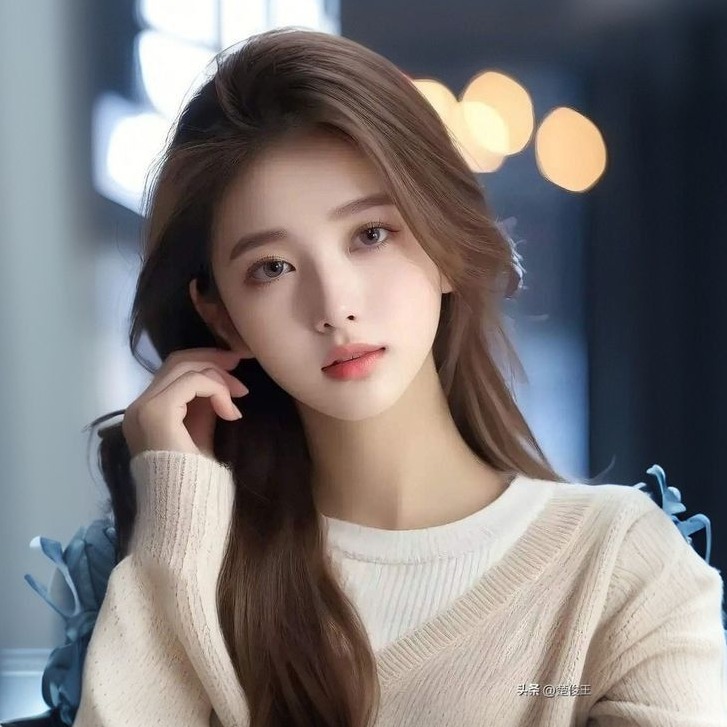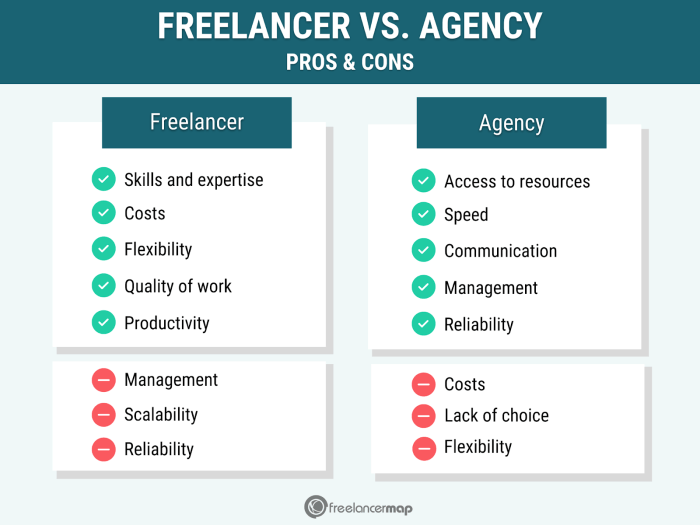With Meet the Virtual Models Captivating the Internet at the forefront, this paragraph opens a window to an amazing start and intrigue, inviting readers to embark on a storytelling journey filled with unexpected twists and insights.
Virtual models have revolutionized the fashion industry and social media landscape, changing the way we perceive modeling. From their unique characteristics to the controversies they stir, virtual models are making waves in the digital world.
Introduction
Virtual models have taken the fashion industry by storm, captivating audiences with their flawless appearances and digital presence. These computer-generated models are becoming increasingly popular on social media platforms, influencing trends and reshaping the traditional modeling landscape.
Importance of Virtual Models in the Fashion Industry
Virtual models provide a fresh and innovative approach to showcasing fashion, allowing brands to reach a wider audience and experiment with new creative concepts. Their digital nature also opens up opportunities for more inclusive representation and diversity in the industry.
Impact of Virtual Models on Social Media
Virtual models have amassed a significant following on social media, engaging with users and promoting brands in a unique way. Their polished aesthetics and curated content have set new standards for online influencers, challenging traditional notions of beauty and style.
How Virtual Models are Changing the Traditional Modeling Industry
The rise of virtual models has prompted a shift in the traditional modeling industry, with agencies and brands incorporating digital models into their campaigns and runway shows. This trend reflects a growing acceptance of technology in the fashion world, paving the way for a more dynamic and inclusive industry landscape.
Popular Virtual Models
Virtual models have been taking the internet by storm, captivating audiences with their flawless appearances and unique characteristics. Let's take a closer look at some of the most popular virtual models making waves in the online world.
Lil Miquela
Lil Miquela is one of the most well-known virtual models, recognized for her strikingly realistic appearance and fashion-forward style. With a large following on social media platforms, she has collaborated with various brands and even released her own music, blurring the lines between virtual and reality.
Shudu Gram
Shudu Gram, created by British photographer Cameron-James Wilson, is another virtual model gaining popularity for her stunning beauty and high-fashion photoshoots. Known as the world's first digital supermodel, Shudu has been featured in major publications and continues to be a source of inspiration for many.
Imma and Plustic Boy
Imma and Plustic Boy are virtual models from Japan, known for their futuristic and avant-garde style. Imma, created by CG company ModelingCafe, has amassed a large following on social media, while Plustic Boy, designed by artist Takashi Murakami, has made appearances in fashion shows and campaigns.
Comparison with Human Models
Virtual models offer a unique blend of creativity, innovation, and limitless possibilities that set them apart from human models. While human models bring a sense of authenticity and emotional connection, virtual models provide a platform for imagination and digital artistry, pushing boundaries in the fashion and entertainment industries.
Rise in Popularity
In recent years, virtual models have seen a surge in popularity, with brands and designers embracing their digital presence to reach a wider audience. The rise of social media and advancements in technology have paved the way for virtual models to become influential figures, challenging traditional notions of beauty and representation in the digital age.
Technology Behind Virtual Models
Virtual models are a product of cutting-edge technology that combines various elements to create realistic and engaging digital avatars. The use of advanced tools and techniques has revolutionized the way virtual models are designed and brought to life.
Artificial Intelligence in Designing Virtual Models
Artificial intelligence plays a crucial role in designing virtual models by enabling the automation of complex tasks such as facial expressions, movements, and interactions. AI algorithms analyze vast amounts of data to mimic human behavior and create lifelike animations for virtual models.
Motion Capture and CGI Contributions
Motion capture technology allows real-life movements to be translated into digital form, enhancing the authenticity and realism of virtual models. Combined with computer-generated imagery (CGI), motion capture helps create seamless animations and visual effects that captivate audiences and blur the line between reality and virtuality.
Impact of Advanced Technology on the Future of Virtual Modeling
As technology continues to advance, the future of virtual modeling looks promising with the integration of AI, motion capture, and CGI techniques. This convergence of technologies is expected to lead to even more immersive and interactive virtual experiences, pushing the boundaries of creativity and innovation in the digital realm.
Social Media Presence

.jpg" alt="" width="300" height="300" />
Virtual models have taken social media platforms by storm, leveraging their digital presence to engage with audiences worldwide. These virtual models have strategically utilized various social media channels to connect with fans, promote brands, and showcase their unique personalities.
As virtual models continue to rise in popularity, they have not been immune to controversies and criticisms. From ethical concerns to impact on body image standards, the virtual modeling industry has faced scrutiny from various angles.
One of the main controversies surrounding virtual models is the ethical considerations involved. Critics argue that the use of virtual models blurs the line between reality and fiction, potentially leading to misleading representations in the fashion industry.
Additionally, there are concerns about the authenticity of virtual models and the potential impact on traditional modeling careers. Some argue that virtual models could replace human models, raising questions about job security and fair representation in the industry.
The emergence of virtual models has also sparked debates on body image standards. With virtual models often portraying unrealistic beauty standards, there are worries about the influence on individuals' self-esteem and body image perceptions.
Some experts argue that the prevalence of idealized virtual models could contribute to body dissatisfaction and unhealthy comparison among individuals, especially on social media platforms.
Looking ahead, the future implications of virtual models in the fashion industry remain uncertain. While some believe that virtual models could revolutionize the way brands engage with consumers, others raise concerns about the long-term impact on the industry's dynamics.
It will be interesting to see how the fashion industry adapts to the growing presence of virtual models and how regulations and standards evolve to address the ethical and societal implications of this digital shift.
As we bid farewell to this exploration of virtual models captivating the internet, one thing is clear - the future of modeling is evolving rapidly. With technology at the helm and social media as their playground, virtual models are here to stay, reshaping the industry in ways we never imagined.
Virtual models are computer-generated and exist solely in the digital realm, allowing for endless customization and unique characteristics that may not be achievable in real life.
Virtual models have sparked debates on body image standards, as their flawless appearances can set unrealistic expectations. However, they also provide an avenue for diversity and inclusivity in the fashion industry.
Artificial intelligence is instrumental in designing virtual models, aiding in their movement, facial expressions, and overall realism. It enhances the interactive nature of virtual models on social media.
 As we bid farewell to this exploration of virtual models captivating the internet, one thing is clear - the future of modeling is evolving rapidly. With technology at the helm and social media as their playground, virtual models are here to stay, reshaping the industry in ways we never imagined.
As we bid farewell to this exploration of virtual models captivating the internet, one thing is clear - the future of modeling is evolving rapidly. With technology at the helm and social media as their playground, virtual models are here to stay, reshaping the industry in ways we never imagined.




